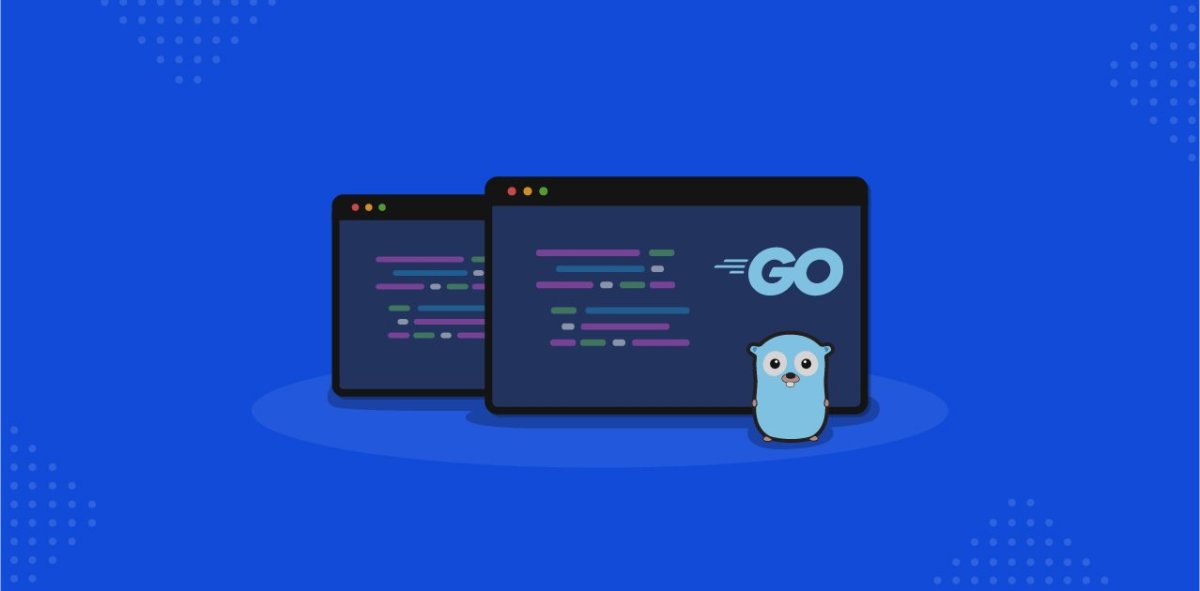Golang is a programming language developed by Google. It can used to create cloud services, web , CLI tools etc. The first step to use Go is download and install the SDK.
Basic setup
To build basic API in Golang we need two packages.
- http
- gin
go get github.com/gin-gonic/ginGin help us to build API routes . Local JSON data is used for the demonstration. In the main.go file add the following
package main
import
("github.com/gin-gonic/gin"
"net/http")
// album represents data about a record album.
type album struct {
ID string `json:"id"`
Title string `json:"title"`
Artist string `json:"artist"`
Price float64 `json:"price"`
}
// albums slice to seed record album data.
var albums = []album{
{ID: "1", Title: "Blue Train", Artist: "John Coltrane", Price: 56.99},
{ID: "2", Title: "Jeru", Artist: "Gerry Mulligan", Price: 17.99},
{ID: "3", Title: "Sarah Vaughan and Clifford Brown", Artist: "Sarah Vaughan", Price: 39.99},
}
func index(c *gin.Context){
c.JSON(200,gin.H{"message": "hi there!"})
}
func getAlbums(c *gin.Context) {
c.IndentedJSON(http.StatusOK, albums)
}
// postAlbums adds an album from JSON received in the request body.
func postAlbums(c *gin.Context) {
var newAlbum album
// Call BindJSON to bind the received JSON to
// newAlbum.
if err := c.BindJSON(&newAlbum); err != nil {
return
}
// Add the new album to the slice.
albums = append(albums, newAlbum)
c.IndentedJSON(http.StatusCreated, newAlbum)
}
// getAlbumByID locates the album whose ID value matches the id
// parameter sent by the client, then returns that album as a response.
func getAlbumByID(c *gin.Context) {
id := c.Param("id")
// Loop through the list of albums, looking for
// an album whose ID value matches the parameter.
for _, a := range albums {
if a.ID == id {
c.IndentedJSON(http.StatusOK, a)
return
}
}
c.IndentedJSON(http.StatusNotFound, gin.H{"message": "album not found"})
}
func main(){
r:=gin.Default()
r.GET("/",index)
r.GET("/albums",getAlbums)
r.POST("/albums", postAlbums)
r.GET("/albums/:id", getAlbumByID)
r.Run()
}
Here we created a gin instance which can be used to create API route. We also defined handler functions which handle the request.
:= is the short hand in Golang for creating variables
Run the project
By using go run . or go run main.go can execute the program.
- How to add packages in Golang
- Create REST API using gin in Golang
- How to Containerize Golang app with Docker
- How to create API using mux in Golang
- How to create API using gin in Golang
- How to create API using Fiber in Golang
- Set up golang project
- How to use GORM packages in Golang
- How to solve gcc error in Golang -Windows


